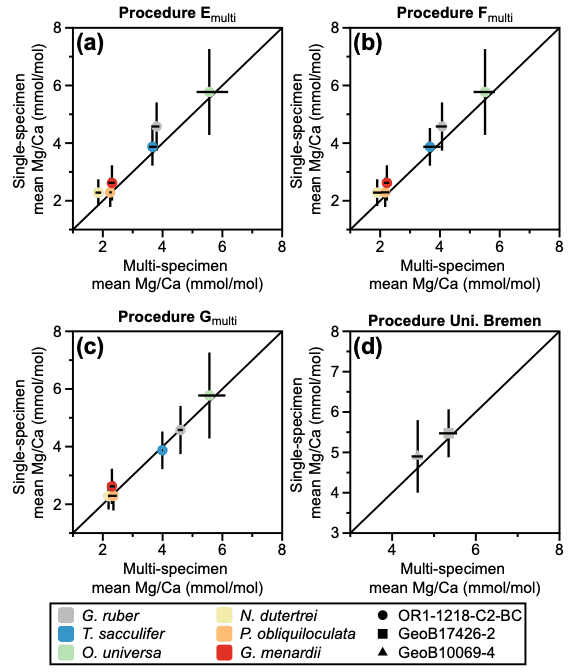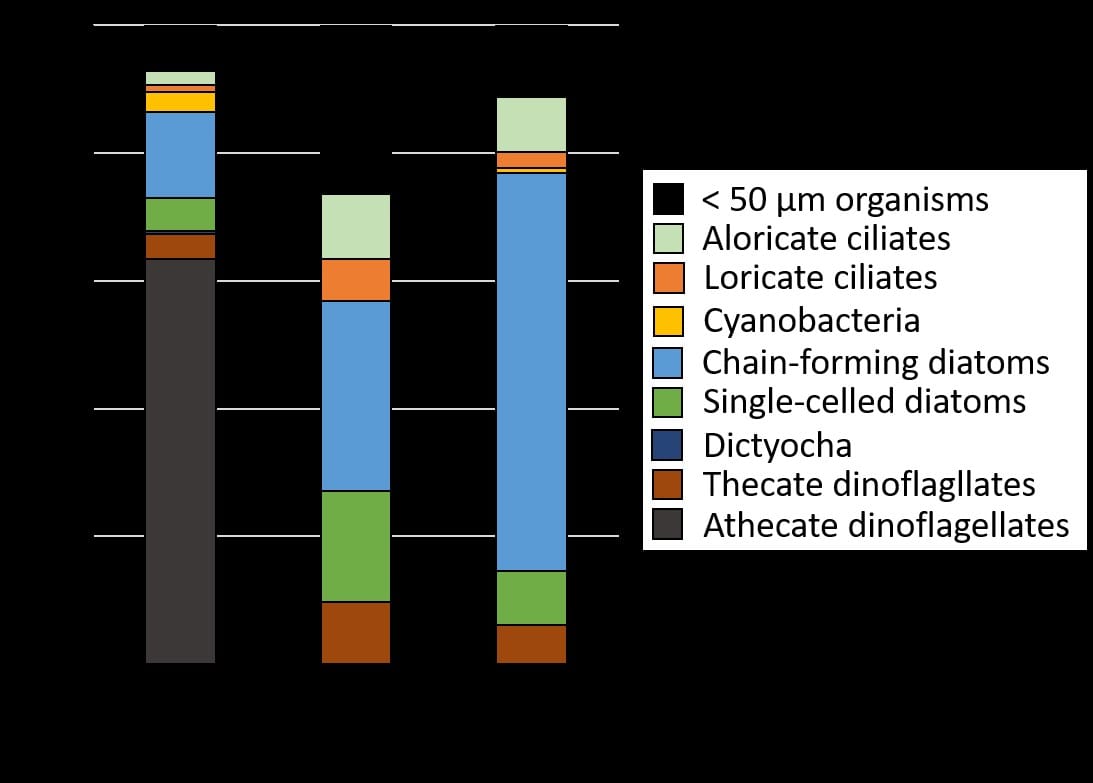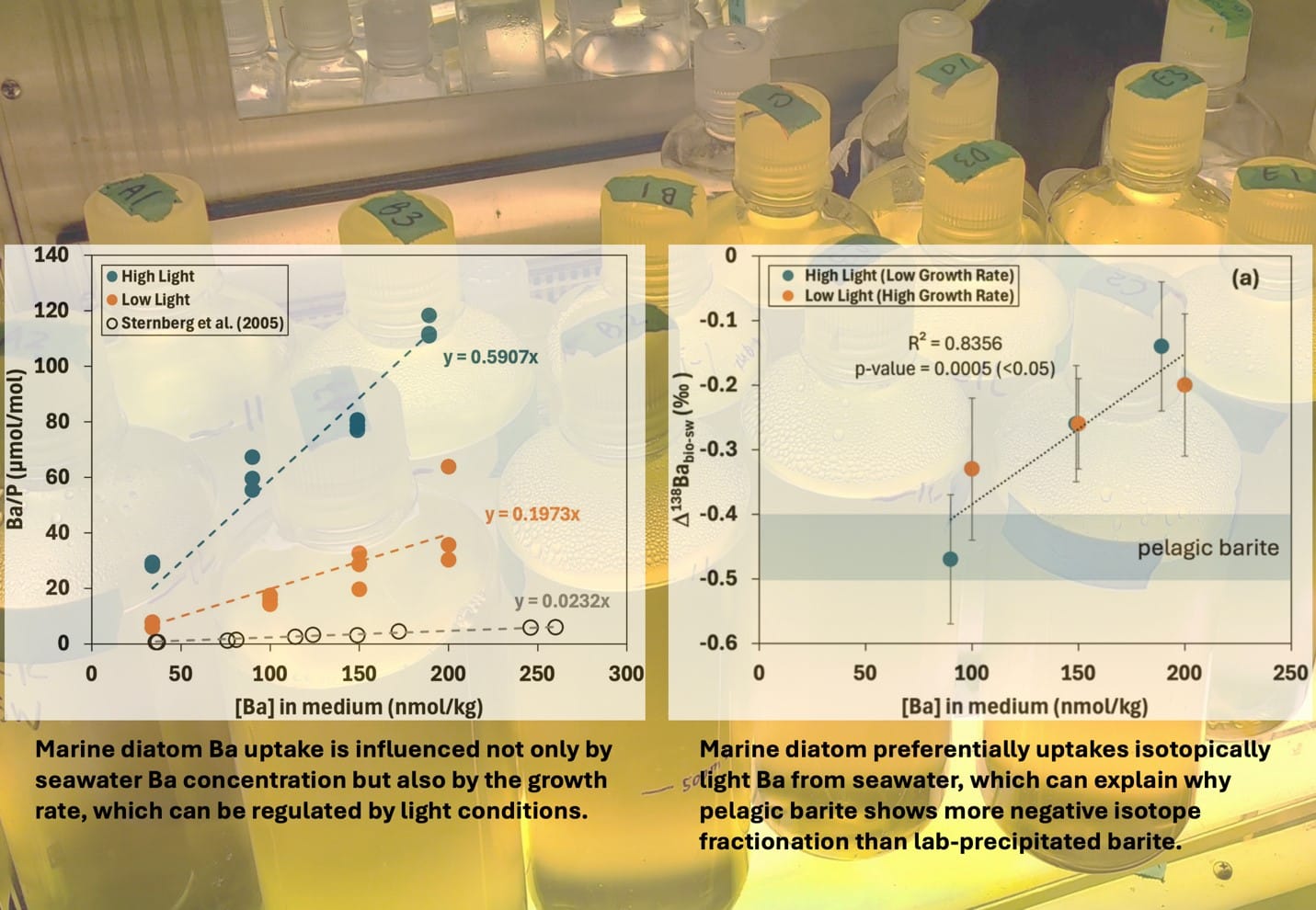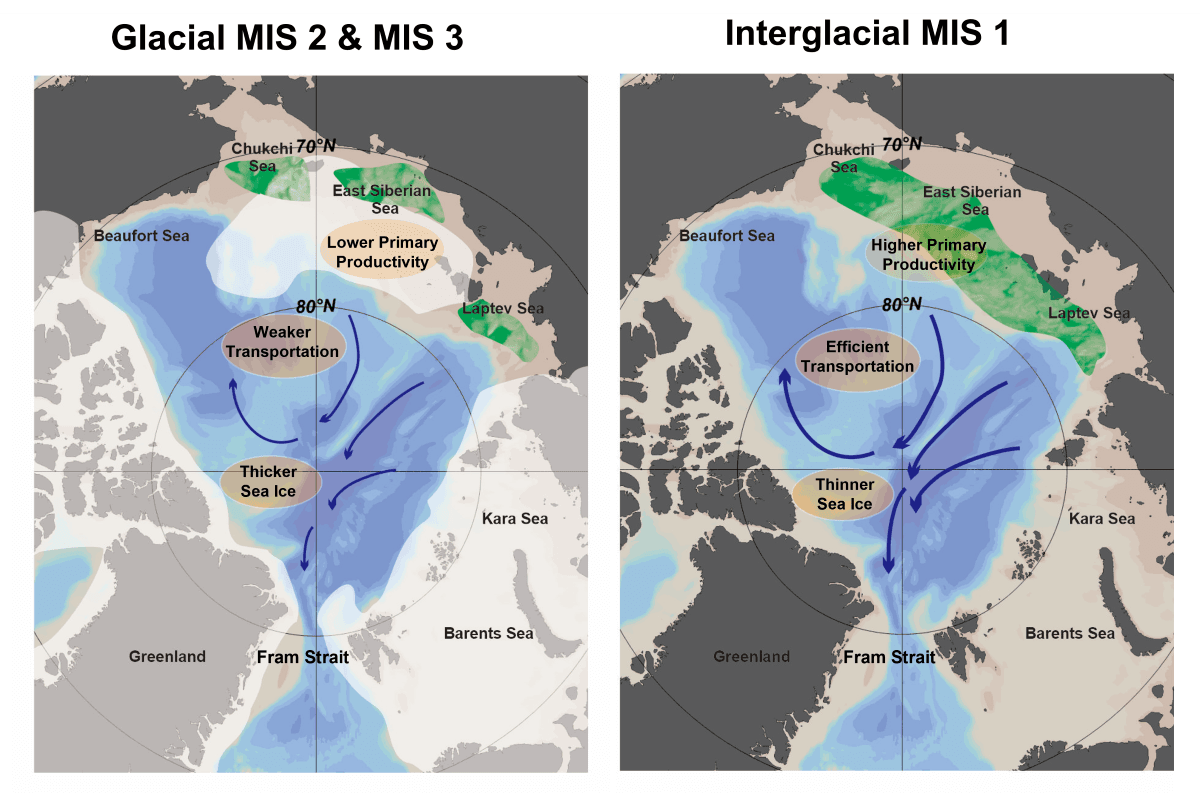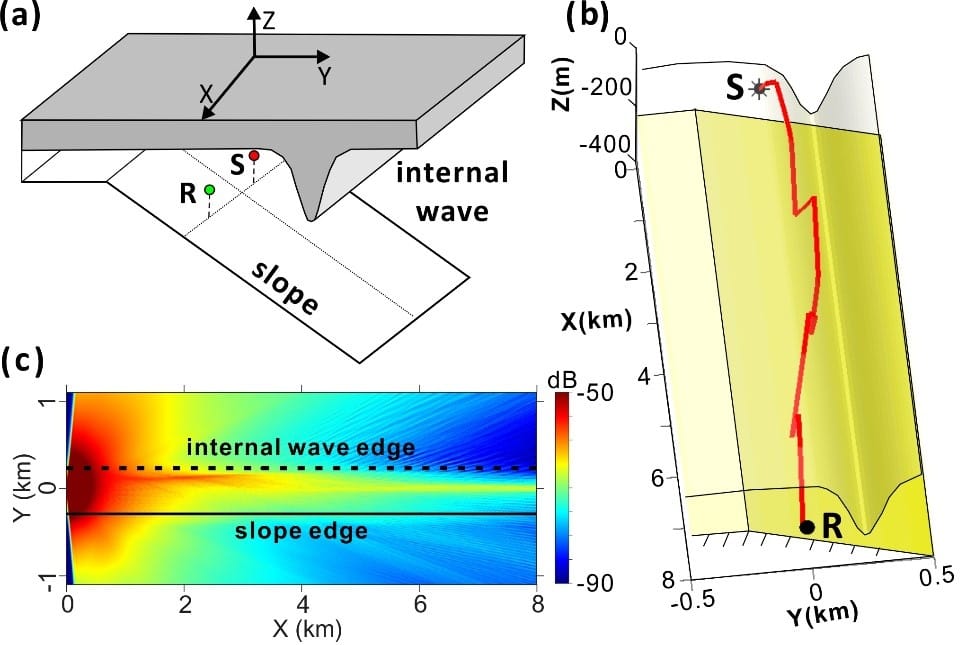Jheng-Yu Wang, Ting-Chun Kuo, and Chih-hao Hsieh
Prof. Chih-hao Hsieh and his master student Jheng-Yu Wang from NTU Institute of Oceanography together with Prof. Ting-Chun Kuo from NTOU found that fishing-induced age truncation and warming temperature drove marine fishes into uneven spatial distribution, weakening their sustainability. This study, published in Nature Communications (May 26), provides empirical evidence for long-lasting hypotheses explaining complex mechanisms underlying spatial distribution of marine fishes. These findings bear important implications for fisheries managements.
Populations with a more uniform spatial distribution (i.e., lower spatial variability) have higher bet-hedging capacity to withstand environmental variability. The spatial structure of a population is usually not stationary and can constantly change over time. Theories suggest that population spatial structure adjusts in response to changes of several factors. For example, age composition of a population can affect its spatial structure because different age classes will occupy different habitats according to their own living requirements; thus, changes in age structure will alter population spatial structure. In addition, populations may expand or shrink their spatial distribution following increased or decreased abundance to have a balanced living conditions. Also, environmental change plays a role in influencing spatial structure via inducing varying living conditions in space and driving movement of a population for adapting changing environments.
While theories have suggested that population age structure, abundance and environmental change may affect population spatial structure, clear empirical evidence for the causal effects is lacking. Existing analyses on determining factors of species spatial structure are generally based on linear approaches, which can yield misleading results as correlation does not necessarily imply causality. The research team now provides empirical evidence for above causal relationships using a long-term fish survey data and applying nonlinear dynamical approaches called empirical dynamic modeling (EDM). These methods, in contrast to linear approaches, can distinguish causality from correlation by depicting underlying mechanisms of a dynamical system. The research team used these methods to quantitatively measure above causal relationships, finding both common and species-specific patterns.
The team used a 25-year spatiotemporal data from the North Sea to examine if population spatial variability responds to changing age diversity, abundance and environmental conditions for nine exploited fish species. They showed that population spatial variability changed over time in response to variations in age diversity, abundance or environmental conditions for all study species. More importantly, they found that reduced age diversity, warming and spatial-varying temperature could elevate population spatial variability. However, reduced abundance could either increase or decrease population spatial variability, probably regulated by the aggregation tendency of a species. These results suggest that fish populations might be more unevenly distributed in space under heavily fishing pressure, as fishing could destroy age structure and reduce population abundance. In addition, global warming also enhances population spatial variability, making the populations more vulnerable to environmental variability. This study implies the potential double jeopardy of fishing activities and environmental changes on fish populations, highlighting the importance of considering spatial dynamics in fisheries management.
Figure 1. Populations distribute evenly in space when its age diversity is high and temperature is normal. As age diversity is decreasing and temperature is warming, populations will gradually become unevenly distributed in space. Decreasing abundance might also drive populations into an uneven spatial distribution, but the relationship could differ from species to species.
Reference:
Wang, J. Y., Kuo, T. C., and Hsieh, C. H. (2020) Causal effects of population dynamics and environmental changes on spatial variability of marine fishes. Nature Communications. 11: 2635.


